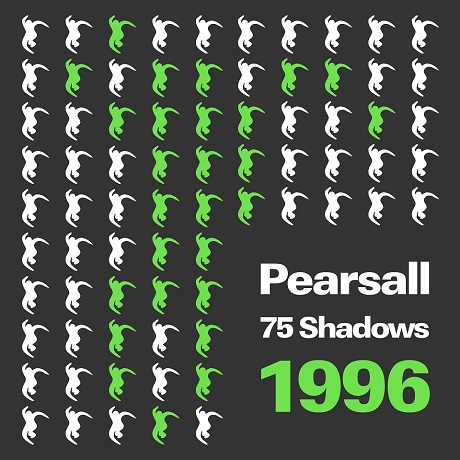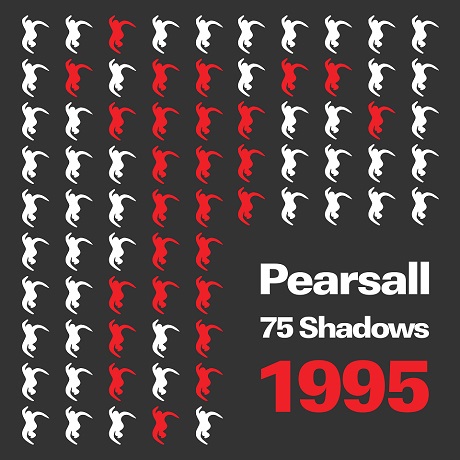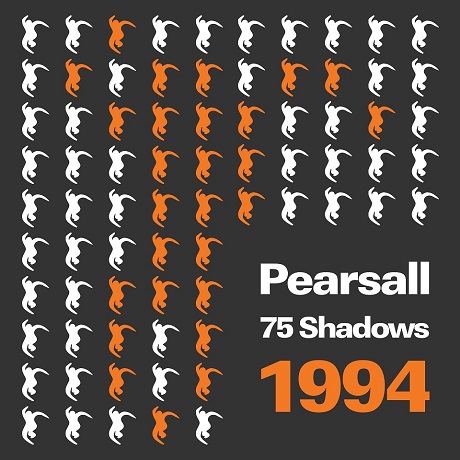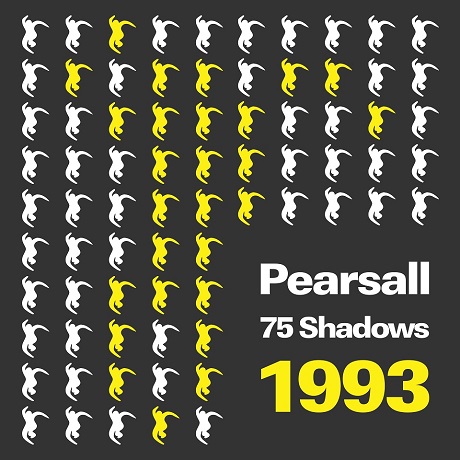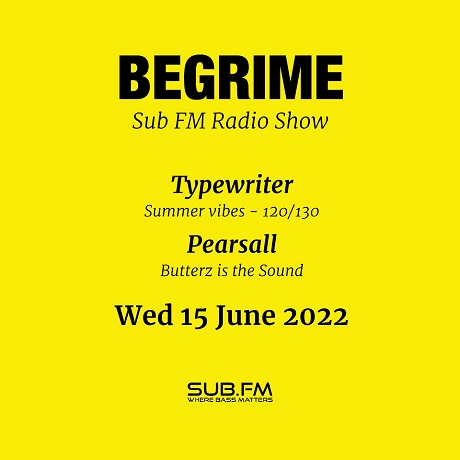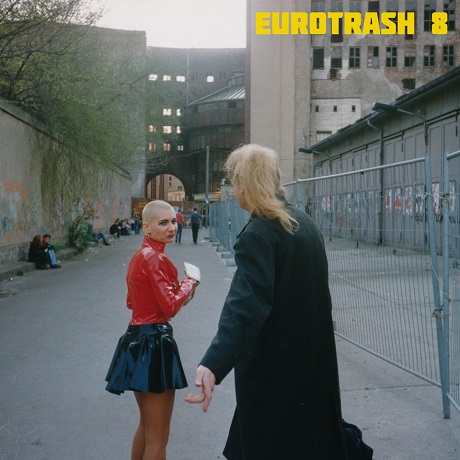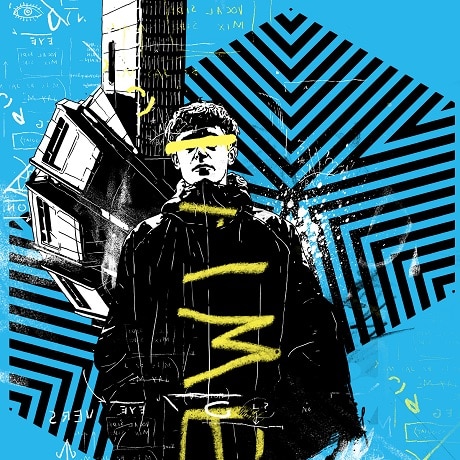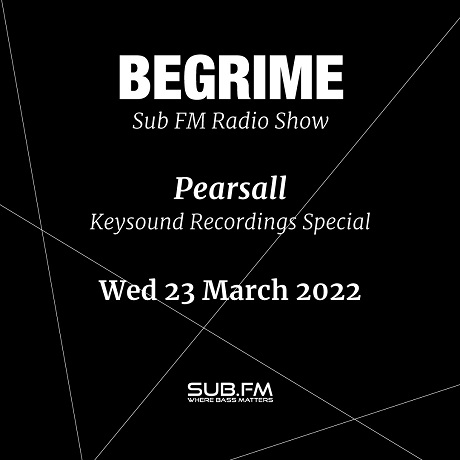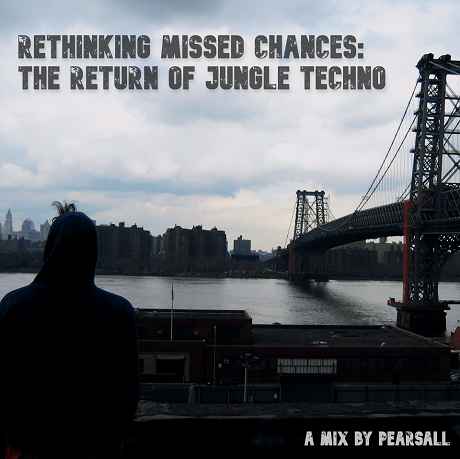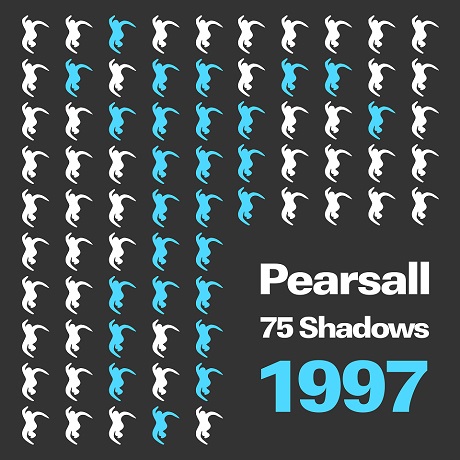
Pearsall presents 75 Shadows 005: 1997
right-click, save as to download
Mixed in Berlin, July 2022
100% Vinyl
(50:56, 117 MB, 320 KBPS MP3)
Cover art by Michal Idziak
Direct link to the mix:
http://sonicrampage.org/mixes/75shadows/Pearsall-75Shadows005-1997.mp3
Tracklisting:
- Neo-Tech – Valves [Moving Shadow]
- Dom & Optical – Concrete Shoes [Moving Shadow]
- E-Z Rollers – 25 Alpha [Moving Shadow]
- Dom & Matrix – The Vandal [Moving Shadow]
- Dom & Optical – Rage Roll [Audio Couture]
- Technical Itch – The Dreamer (Future Forces Inc Remix) [Moving Shadow]
- Dom & Roland – Hydrolicks [Moving Shadow]
- Deep Blue & Blame – Transitions (Dom & Roland Remix) [Moving Shadow]
- Basic Unit – Silver Wolf [Moving Shadow]
- E-Z Rollers – Synesthesia [Moving Shadow]
- Technical Itch – Hidden Sound [Moving Shadow]
- Dom & Rob – Distorted Dreams (Desired State Remix) [Moving Shadow]
- Dom & Rob – Distorted Dreams [Moving Shadow]
- Technical Itch – Watch Out [Moving Shadow]
- Rob & Goldie – The Shadow (Process Mix) [Moving Shadow]
